Aussie rules: Weird and wacky AFL rules from 1850 to 2000
FOOTY wasn’t always so strict, with players once allowed to push, trip and hold one another. Here are some of the strangest rules in AFL history.
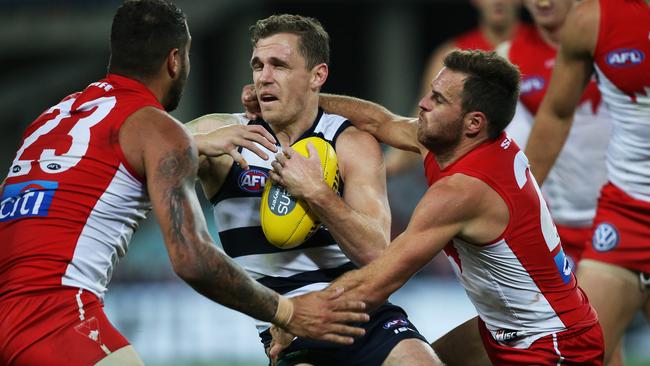
AFL
Don't miss out on the headlines from AFL. Followed categories will be added to My News.
- AFL says its deliberate out-of-bounds rule is on the right track
- Adam Cooney: Footy’s a pain game — and so much more
- Leigh Matthews slaps down critics of third man up rule
- Collingwood celebrated the 2010 flag for most of the 2011 season
IF we’ve learnt one thing this year it’s that AFL fans are fed up with rule changes and umpires interrupting play.
But footy wasn’t always so strict, with players once allowed to push, trip and hold one another.
The Herald Sun has wound back the clock and had a look at some of the weird and wacky rules that controlled the game before the third-man-up and deliberate ducking took centre stage.
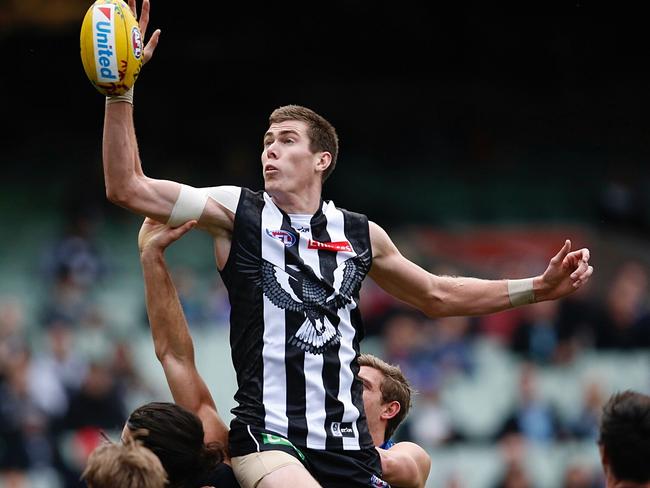
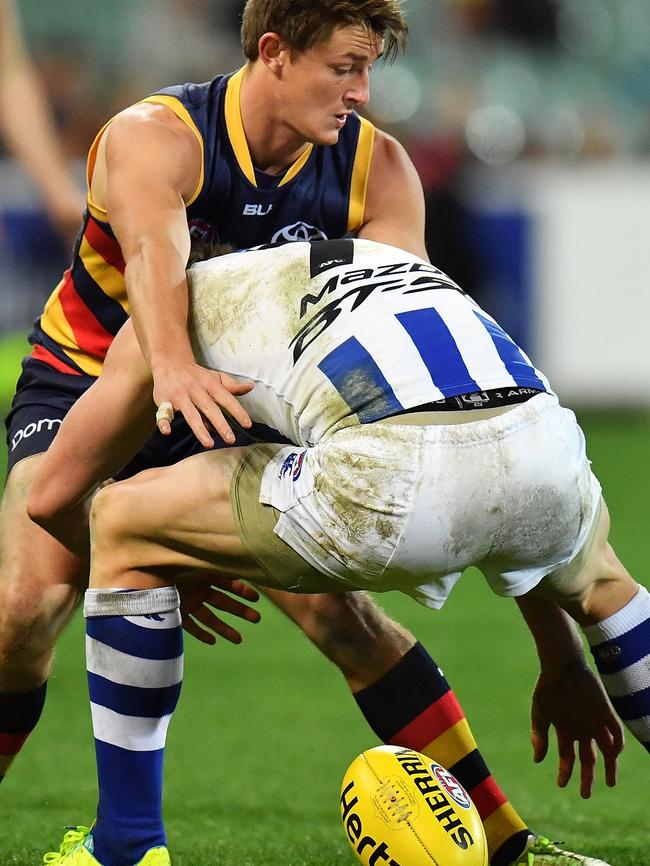

1850 — 1880
Initially no time limit existed for matches, instead the first team to score two goals was declared the winner.
The men were tough and the game was rough with players allowed to trip, hold and push one another.
After each goal was kicked, teams changed ends.
In the absence of a field umpire, captains were the sole judges of infringements, undoubtedly causing quite a few punch-ups back in the day.

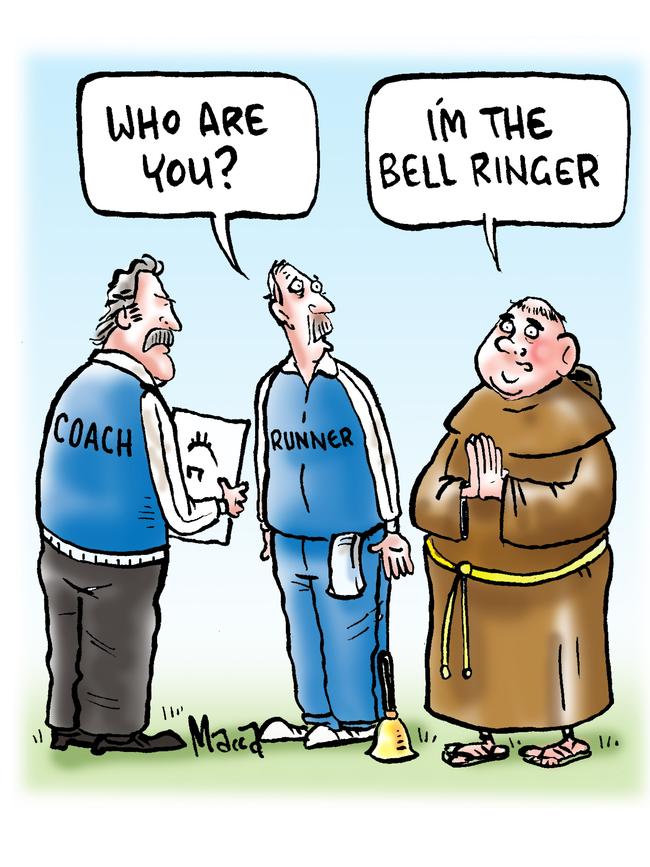
There were no boundary umpires.
With no interchange bench or emergencies players, endurance was key when 50-minute halves were introduced.
Teams had 20 on-field players.
Have we forgotten a quirky rule? Comment below if you have something to add to the list.
1881 — 1910
Boundary umpires supposedly “punched” the ball back in to play.
Bells were used rather than a siren.
Late starts were common (likely due to severe hangovers) and clubs were fined by the VFL if they were not ready to play by 3pm.
1911 — 1940


Coaches weren’t allowed to address players at quarter time. Which could be both a good and bad thing depending on performance.
Flick passes were allowed, right up to the point that Ted Whitten proved so good at it they banned it.
The use of a 19th man was permitted for the first time. You either sucked it up or you were replaced and could not return to the field.
There was an on-field steward responsible for reporting players.
1941 — 1970
Forget yellow and red, white footballs were used in wet conditions.
This was also the era that saw the whistle replace the white handkerchief as the main signal of the umpire’s annoyance.

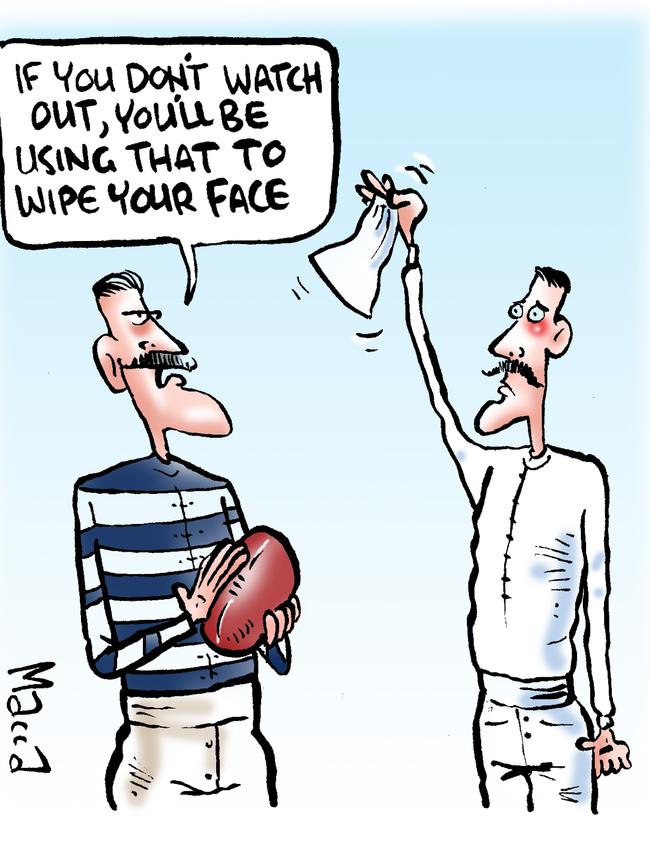
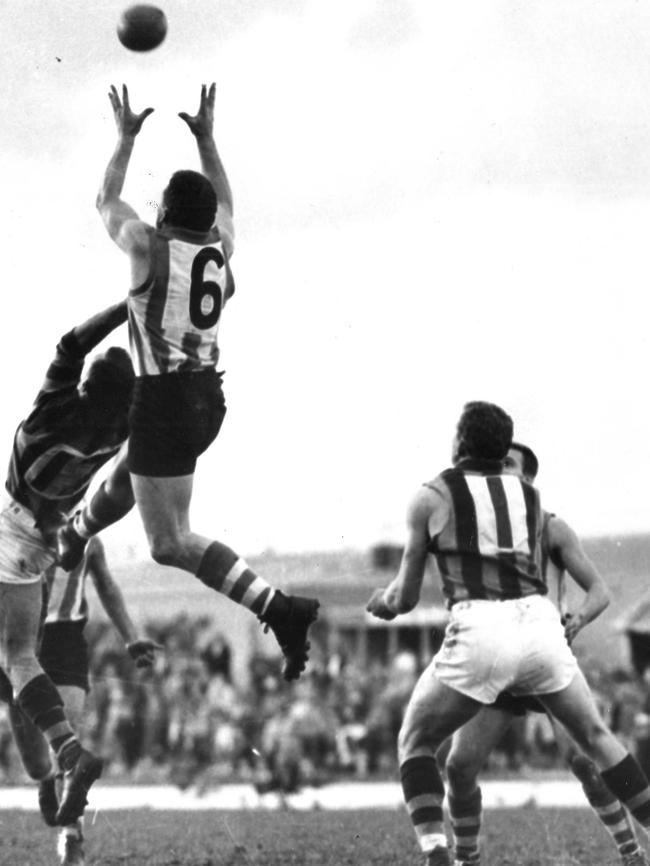
Trainers were banned from delivering coaches’ messages. Runners were introduced.
The minimum distance a ball had to travel to be considered a mark was 10 metres.
1971 — 2000
The centre diamond was changed to a centre square.
Players were made to wait until the goal umpire had signalled a score before playing on.
It’s fair to say many players improved their behaviour after the 15-metre penalty was replaced by a 50-metre penalty.
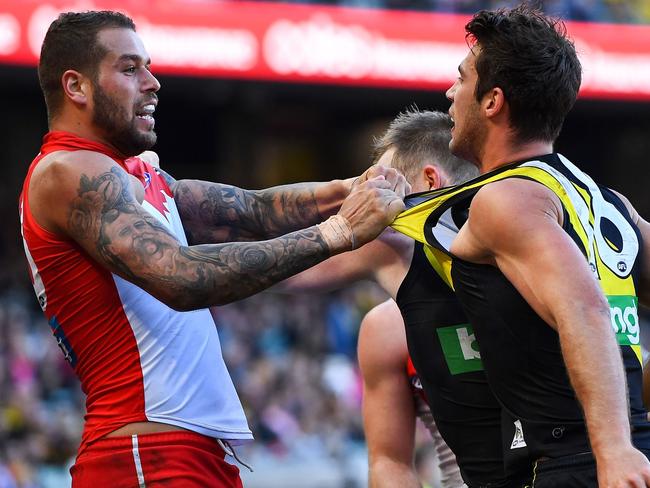
READ MORE
THE BEST AFL NICKNAMES AND THEIR STORIES
AFL NICKNAMES USED BY PLAYERS FANS DON'T KNOW ABOUT
WHAT YOUR FOOTY TEAM WAS ONCE CALLED AND HOW IT GOT ITS NAME
A HISTORY OF YOUR AFL CLUB'S JUMPER
THE HISTORY BEHIND THE AFL CLUB SONGS
THEY DON'T MAKE AFL PLAYERS LIKE THEY USED TO
Originally published as Aussie rules: Weird and wacky AFL rules from 1850 to 2000


